Slowly but surely, ChromeOS has established itself as one of the best operating systems in the world right now, boasting unrivaled speed, matchless simplicity, and thorough security. If you’re like most people, you’ve probably wondered whether buying a Chromebook suits you.
Simply put, there hasn’t been a better time to shift to ChromeOS, and this guide will strive to explain why. Chromebooks have it all when it comes down to browsing the web, installing best-in-class Android apps, and running a containerized version of Linux. However, all of the latter is just the icing on the cake.
Read ahead to discover what makes Chromebooks a stand-out choice among the different types of devices and laptops and why you should consider buying one in 2023.
ChromeOS and its noteworthy standing amidst the competition in 2023
There’s no shame in progress; if anything, there’s glory. Such is the story of ChromeOS, which had incredibly humble beginnings. The first commercial Chromebook made landfall in 2011, and this was the time when Google was working with just two tech manufacturers—Acer and Samsung. From that point onward, only progress followed.
We’ll be honest with you, back in those times when this operating system first launched on a Windows laptop-resembling device; people were held back with disappointment since all that Chromebooks could do was browse the internet. Chromebooks notoriously earned the nickname “browser in a box.”
So it seems that many people are stuck on the same mentality as to what transpired a decade ago. Today, Chromebooks are capable machines with a star-studded reputation that stretches throughout the planet. In 2020, these sleek devices beat macOS regarding market share and claimed the second spot, just behind Windows.
Just like the latter, there are multiple more incentives as to why someone would want to buy a Chromebook in this day and age. The following subsections highlight these major selling points and go into more depth about them.
Chromebooks are fast and reliable
It takes less than 10 seconds for ChromeOS to boot up and take you straight to the log-in screen, where you enter your Gmail account’s password and tap right into the heart of your device. On Chromebooks, such as the HP Elite c1030 Chromebook—a top-quality enterprise unit, you can use the in-built fingerprint scanner for faster log-ins.
Apart from that, these slick devices have speed soaring throughout their entire operating system, for that matter. Chromebooks are great when it boils down to overall optimization—this is one of the reasons you’ll find a Chromebook even with low-end hardware running with appreciable performance levels.
Timely updates and hassle-free
Other than that, the update schedule of ChromeOS is consistent. Every major stable release for the operating system comes out after four weeks unless you’re messing around with developer channels and trying to get in line to test experimental features.
Updates download automatically in the background; you cannot manually go through them. However, you are prompted to restart your Chromebook, so the downloaded changes can come into effect. Fair game, right, considering there’s minimal maintenance at play here?
In this manner, Chromebooks are recommended devices for keeping your productivity maxed out at all times. They require no front-end management and pose themselves as always ready to go in the context of portability.
Chromebooks are overly secure devices
Google recommends businesses get Chromebooks for their operations. You’d probably say, “So what? Every company owner wants to promote their product like that.” Sure, but there’s an enticing tidbit that goes with that, and it might spark your interest, followed by an array of in-built ChromeOS features facilitating its overall stature.
Chromebooks have never been hit with ransomware, ever. The operating system has several tight security features, including isolated sandboxing that prevents a malicious program from protruding out to other parts of ChromeOS and a self-check startup called Verified Boot that prevents it from suffering from any malware-ridden damage.
In addition, Chromebooks have tamper-resistant hardware, too, so expect zero success from someone who tries to circumvent your device’s build. Functionalities such as these put more trust into the mechanical hands of ChromeOS, so we know these devices can be relied on.
Less software support equates to little to no viral danger
To look at things from another perspective, Chromebooks aren’t compatible with as much software as Windows PCs, which grants them more security. Your options become limited, and you’re made to seek out authentic sources to grab your downloads from.
Those include the Google Play Store, Chrome Web Store, Linux app store, and other well-reputed domains with download links for ChromeOS. Chromebook users can also download their favorite apps, such as Reddit and Microsoft Office, as PWAs for faster and seamless native access, which is another secure way of handling things online.
Chromebooks are easy to deploy for businesses.
Google has developed its Workspace program for multiple years, thereby establishing it as a robust platform for businesses worldwide. However, when supplying a business’ IT department with the right type of programs, the company ships another management system called Google Admin to accommodate organizations swiftly.
The Google Admin console is one of the most hassle-free environments an IT administrator could ask for. It employs a diversity of effortless-to-handle tools so the relevant personnel can effectively oversee the principal foundations of an organization.
In simple terms, Google Admin makes it a walk in the park for IT admins to track the usage of various devices associated with their company, provide privileges to specific individuals, remove them, and deactivate devices if the need arises. On top of this comes the ChromeOS experience on the frontal end—fast, simple, and easy to maintain.
These are some compelling factors that can influence the final purchasing decision of your Chromebook.
Chromebooks come in multiple form factors

The Lenovo Chromebook Duet 3—a high-quality detachable Chromebook that comes with a kickstand cover
Worried that a Chromebook is a regular clamshell laptop with no room for versatility? You’re dead wrong. Chromebooks in 2023 is diverse and widespread, known for the encouraging level of flexibility that they bring to the table. For starters, devices such as the Lenovo Chromebook Duet and Asus Chromebook CM3 sport a detachable form factor.
Moving forward, we’ve got convertible Chromebooks to try out too, and most high-end Chromebooks fall into this type of form factor. Talk about the likes of the Asus Chromebook CX9, Samsung Galaxy Chromebook 2, Acer Chromebook Spin 713, and many more of these 2-in-1 beauties that offer multiple viewing modes and subsequent features.
Therefore, whether you wouldn’t mind an everyday working experience with ChromeOS or your eyes are set on a versatile touchscreen-enabled device that can offer a multi-faceted workflow, there is a Chromebook for you. Check out this list of the top 10 Chromebooks that one can get under a budget for more details.
Chromebooks are affordable
Speaking of budget, this is yet another avenue where Chromebooks excel. When the project started, Chromebooks were dirt cheap, but only rightfully so. With time, Chromebooks have become more advanced, but their price tags remain as attractive as ever, save for the most decked-out models of enterprise Chromebooks.
To highlight some of such devices in the spotlight that boast a quality value proposition, we’ve got the Lenovo Flex 5 Chromebook, Acer Chromebook Spin 311, and the Acer Chromebook 714 to turn our heads to. These offer admirable hardware and run great for what they’re worth.
You can find a great Chromebook with pretty terrific features for around $250-$500 without increasing your budget. The Lenovo Duet 5 Chromebook costs around $450 and comes with a 13.3-inch OLED screen, a Snapdragon SC7180 for fast-paced mobile computing, and a 4 GB RAM, 64 GB storage setup.
Chromebooks are cloud-oriented
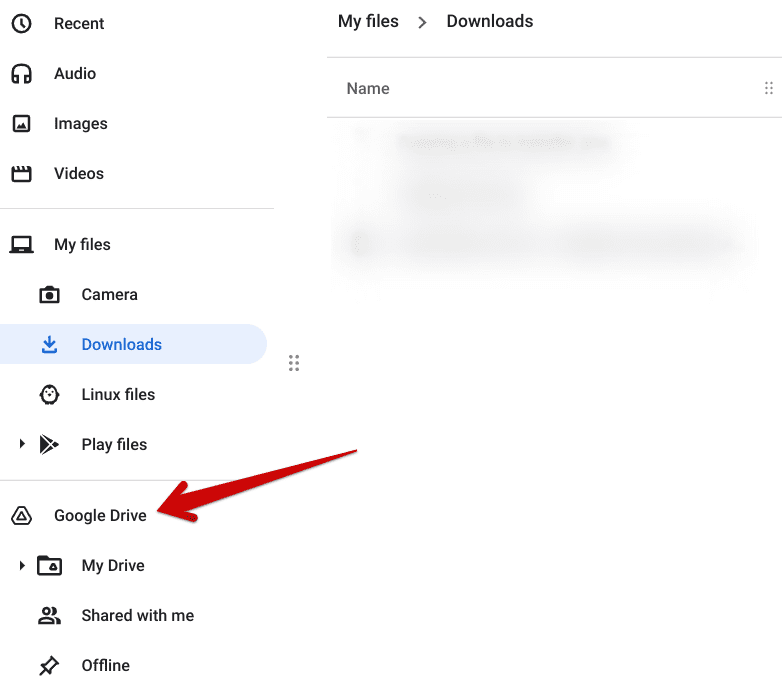
Clicking on the “Google Drive” folder
Thanks to their affiliation with the cloud, Chromebooks are fast, secure, and highly interconnected devices. All the best Workspace apps work with ChromeOS natively, and the launcher section comprises direct access to them. Even more so, Chromebooks’ “Files” system utility integrates with Google Drive immediately.
This provides a specialized workflow for those who have to deal with files on the cloud daily. Moving stuff becomes easier, and if you ever want to access anything you’ve backed up online, Drive always remains a folder away.
If you need to do that, Chromebooks also let you work offline with your Drive files. With easy-to-apply techniques for organization and arrangement, Drive is a user-friendly platform for user engagement. As for the rest of the apps in Google’s ecosystem, it’s no secret that Workspace’s integration with Chromebook leads to better results.
In conclusion, the way ChromeOS works with all these cloud-centric apps makes them the devices of choice for people who usually find themselves on the fly. Chromebooks take away the need to store your files locally and dispel the related threat to your general security in the wake of it, not to mention an increase in overall performance.
Chromebooks run Linux and Android apps.
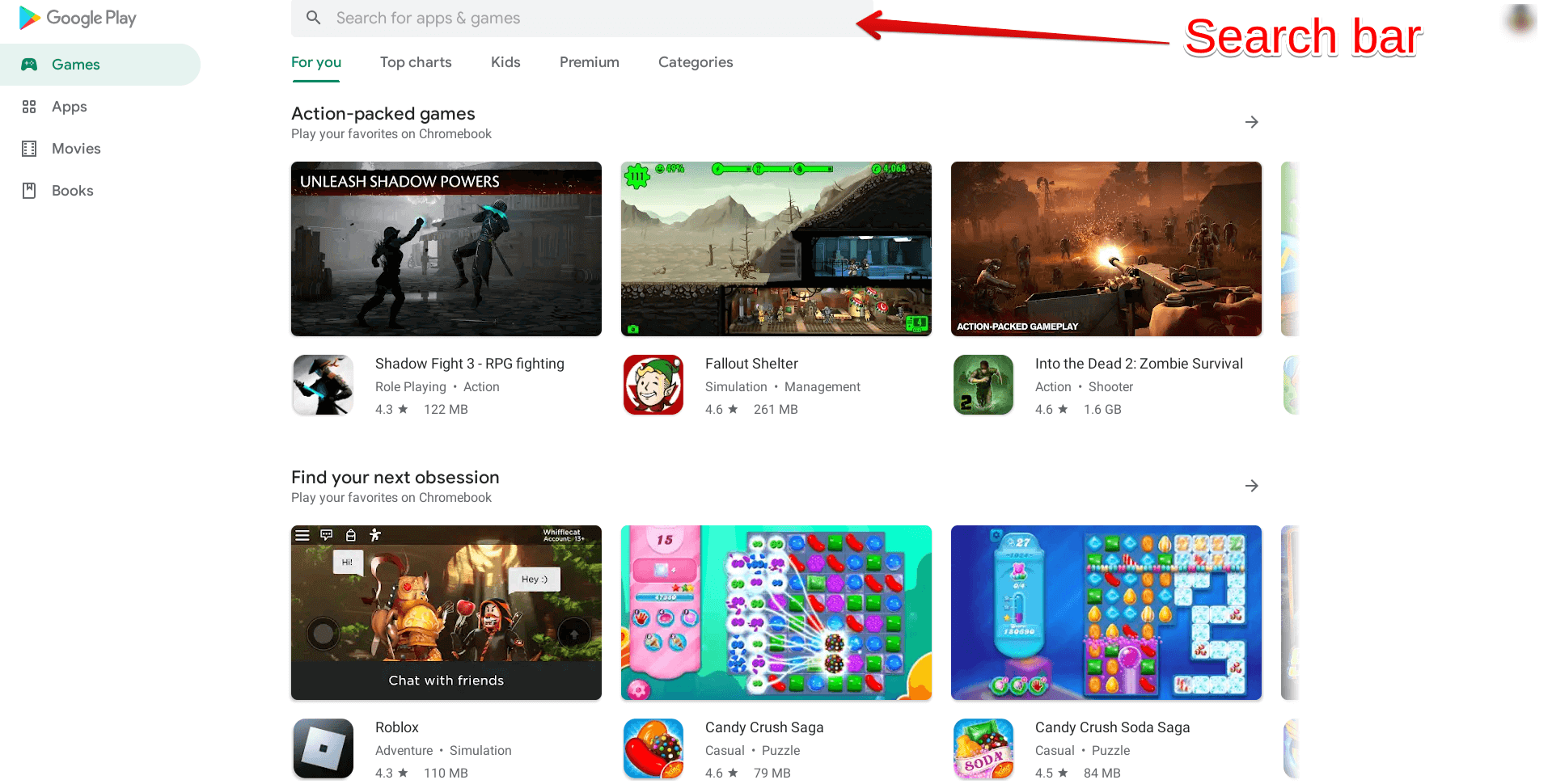
Google Play Store home screen
In 2016, Google announced it was bringing Android app support to Chromebooks, thereby changing the operating system forever. The company stuck true to its claims and even later introduced a containerized version of Crostini Linux to Chromebook users, leaving no stone unturned in pumping ChromeOS full of functionality.
The rest is history from that point up until now. All Chromebooks manufactured after 2017 come with the Google Play Store pre-installed, though you might sometimes have to activate it. Moreover, the “Developers” section within the device’s “Settings” app lets you install Linux and allow the other entertainment of top-end Linux apps on ChromeOS.
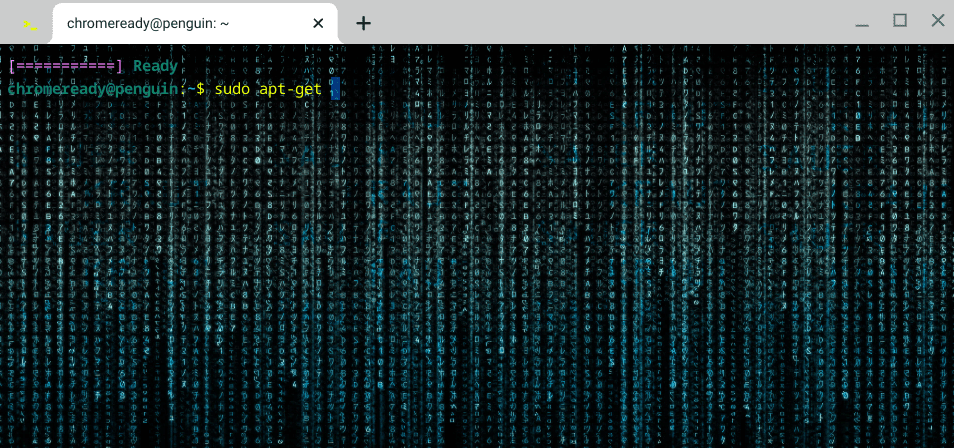
A personalized Linux terminal
There are plenty of well-informed reasons to run Linux on your Chromebook and even more to try the best Android apps in the business right now for Chromebooks. Whether you’d want tools for modeling and 3D designing, note-taking, entertainment, or perhaps, something to boost your productivity, Google Play has your back on ChromeOS.
Ensure you acquaint yourself with the must-dos and don’ts of your Chromebook’s Play Store for the best results. As far as the Crostini Linux terminal is concerned, then this is an area where you can genuinely upscale your working experience with ChromeOS, following the installation of apps such as WordPress, Kali Linux, and OpenShot Video Editor.
Chromebooks have typically extended battery runtimes
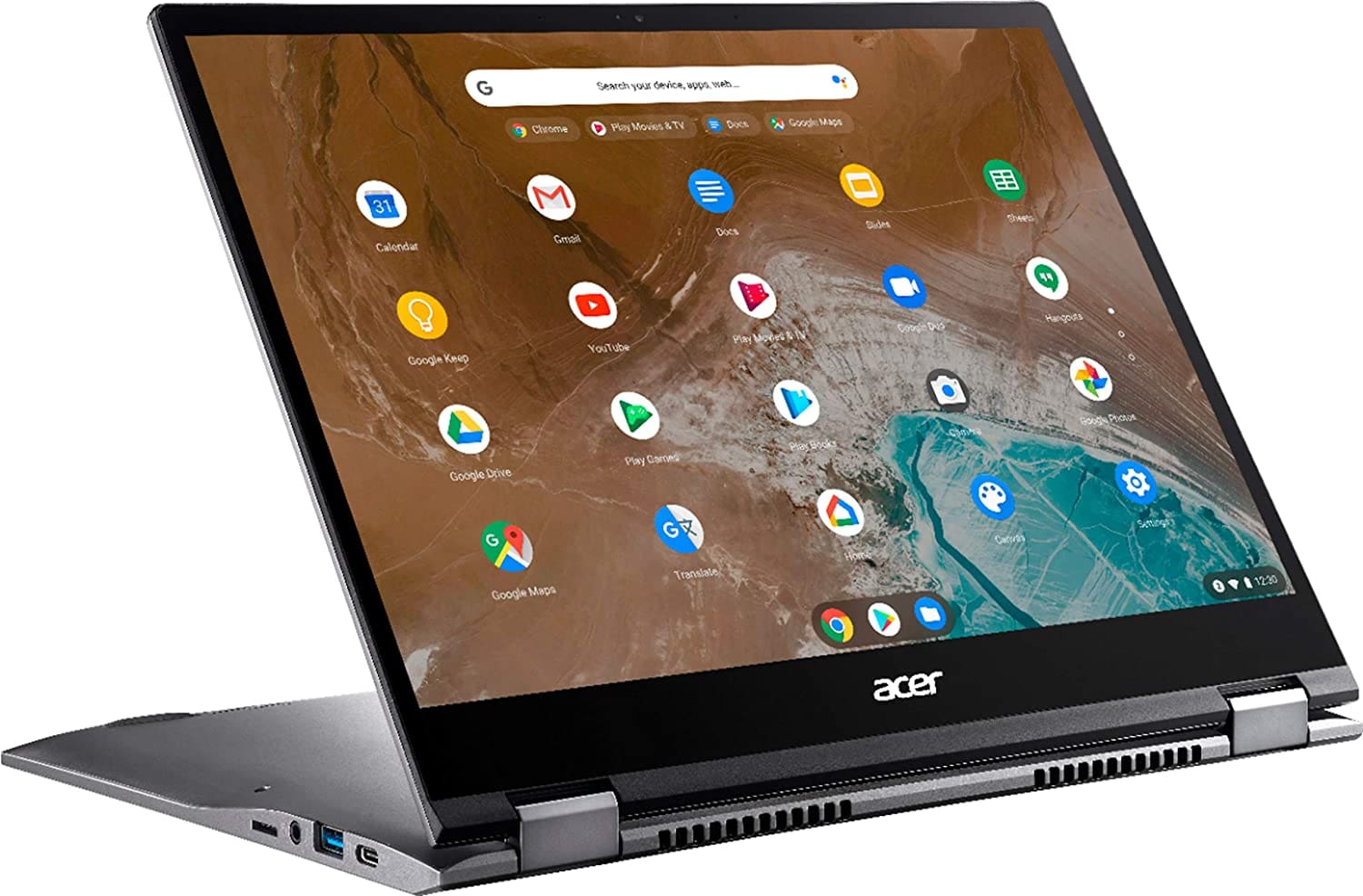
Acer Chromebook Spin 713—a mid-range device with stellar battery life
A solid trait that Chromebooks flaunt is extended battery runtimes, even on affordable variants that do not cost an arm and a leg to purchase. Thanks to the keen optimizations of ChromeOS, Chromebooks are usually easy-going in the battery life department and their typical lasting time ranges between 8-10 hours.
There are Chromebooks with an average battery time of over 14 hours. We’re talking about the Acer Chromebook 514 here. That offers a lot more value other than just an excellent battery runtime. Want to know how much it’s worth? $364 on Amazon at the time of writing. A deal-maker, if nothing else.
And best of all, Chromebooks are user-friendly
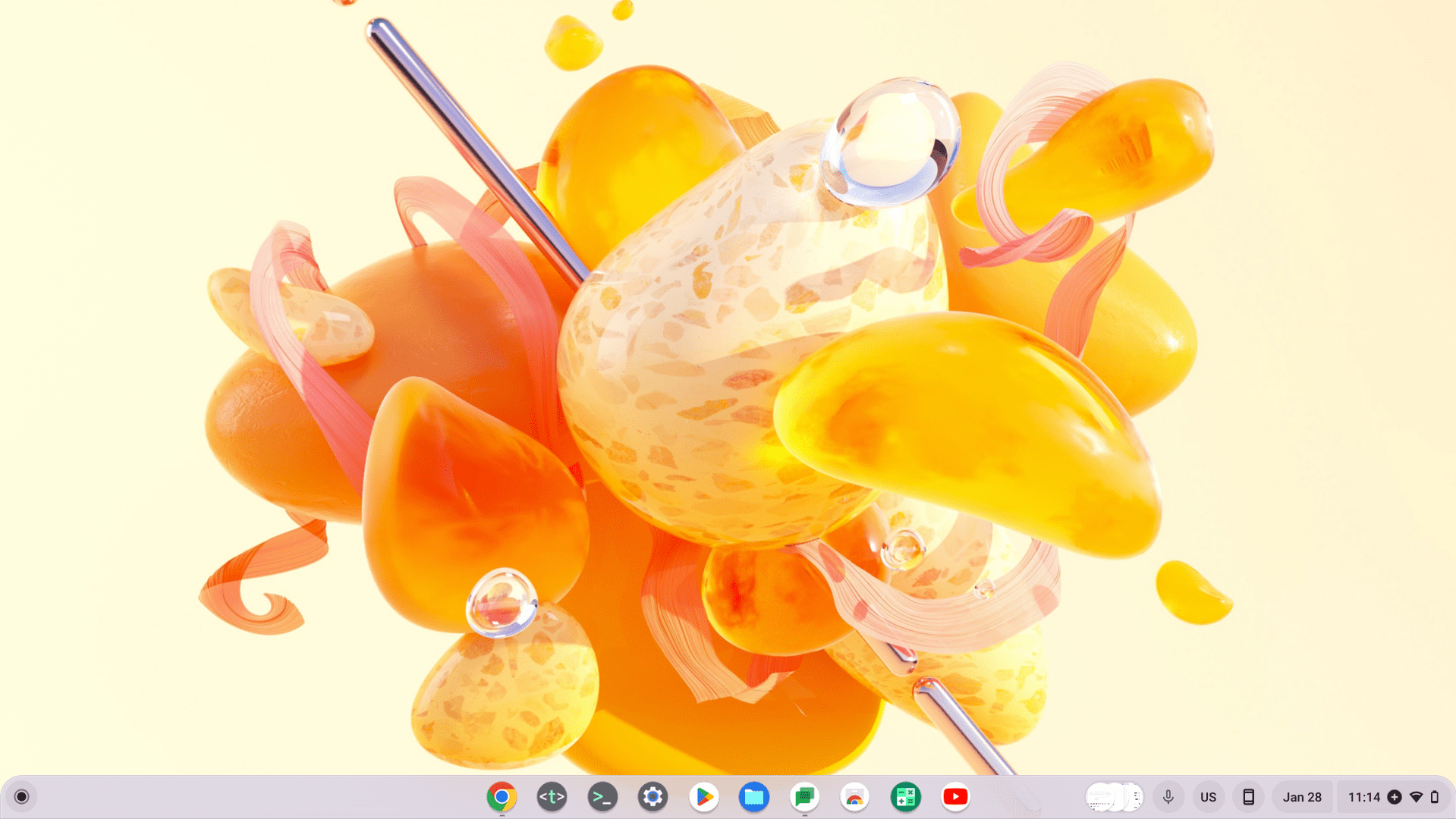
The sleek and clean user interface of ChromeOS
This is perhaps what takes the cake in most situations. Arguably the biggest strength of a Chromebook lies in its innate ability to keep things simple and streamlined, away from the usual distractions and clutter one would typically have to put up with on other operating systems.
You also cannot put icons on the home desktop interface of ChromeOS, and this significantly adds to the whole orderly nature of the operating system. You have an easy-to-access shelf at your disposal where apps, programs, and websites can be pinned for a more direct approach toward your most-used utilities.
Moreover, the launcher section in the bottom-left corner of the ChromeOS interface is like the app drawer on an Android phone. Clicking it reveals all the applications installed on your Chromebook, including third-party and system-installed ones.
Lastly, all major Google Cloud apps, such as Drive, Photos, and Gmail, come pre-installed and let users enjoy them painlessly from the comfort of their Chromebook’s desktop. If you have difficulty figuring out what goes where on a Windows laptop, let ChromeOS change your paradigm and guide your hand into unchained productivity.
Conclusion
In 2023, these sleek devices offer the simplicity advantage, with an operating system that’s no more than a cakewalk to navigate. Other than this facet, Chromebooks come in various form factors, are highly affordable, and sport painless cloud integration with the most prominent Google Workspace apps.
All of this is stuff one can’t turn a blind eye to, hence the outreaching popularity of these devices. If you decide to shift over to ChromeOS, look at these 10 best Chromebooks for remote workers in 2023 and head down the right road.
Do comment down below and tell us what you think of ChromeOS. Chrome Ready wishes you good luck!
